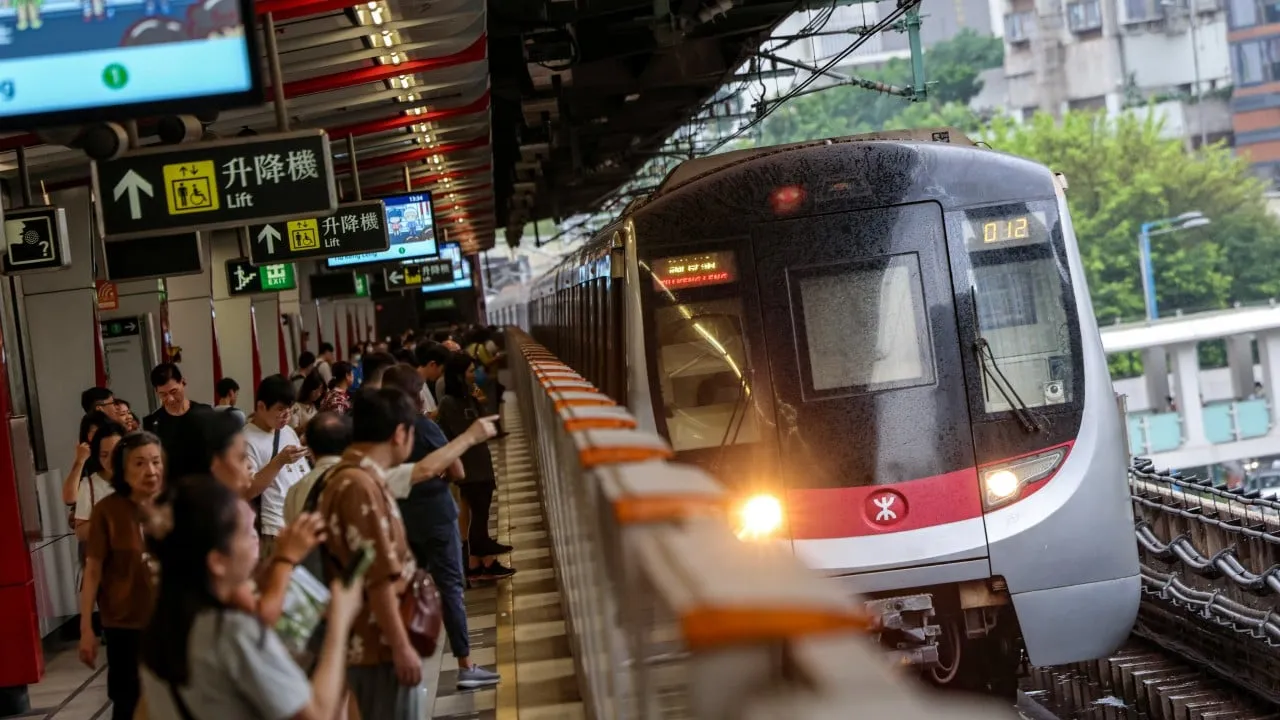Urban Planning Initiatives for Sustainable Transport in Hong Kong

Urban Planning Initiatives for Sustainable Transport in Hong Kong
Urban planning is becoming a pivotal aspect of Hong Kong’s transition towards clean energy and sustainable transport. The government has set a goal to cut transport emissions by 59% by 2030 to comply with the Paris Agreement. Aiming to eliminate combustion engine cars by 2035, this approach focuses not only on personal vehicles but also on public transportation innovations.
Innovations in Public Transport
With one of the most efficient mass transit systems globally, the transport sector contributes to nearly 18% of the city's carbon emissions. A strategic move towards electric vehicles will involve the introduction of 700 electric buses by 2027, significantly reducing reliance on fossil fuels.
Hydrogen and Clean Energy Adoption
Efforts to incorporate green hydrogen and sustainable aviation fuel into public transportation exemplify Hong Kong's commitment. The recent addition of a hydrogen-fuelled bus marks significant progress, while ongoing pilot projects for hydrogen trains promise further evolution.
Collaborative Urban Planning
- The proposed 7km green transit line is expected to serve over 300,000 residents in East Kowloon.
- MTR stations being developed aim for 20% lower carbon emissions compared to their predecessors.
- The government advocates for public-private partnerships to bolster transport innovations.
Through collaborative efforts and technological advancements, Hong Kong is demonstrating that urban planners can drive significant changes towards a sustainable future.
This article was prepared using information from open sources in accordance with the principles of Ethical Policy. The editorial team is not responsible for absolute accuracy, as it relies on data from the sources referenced.